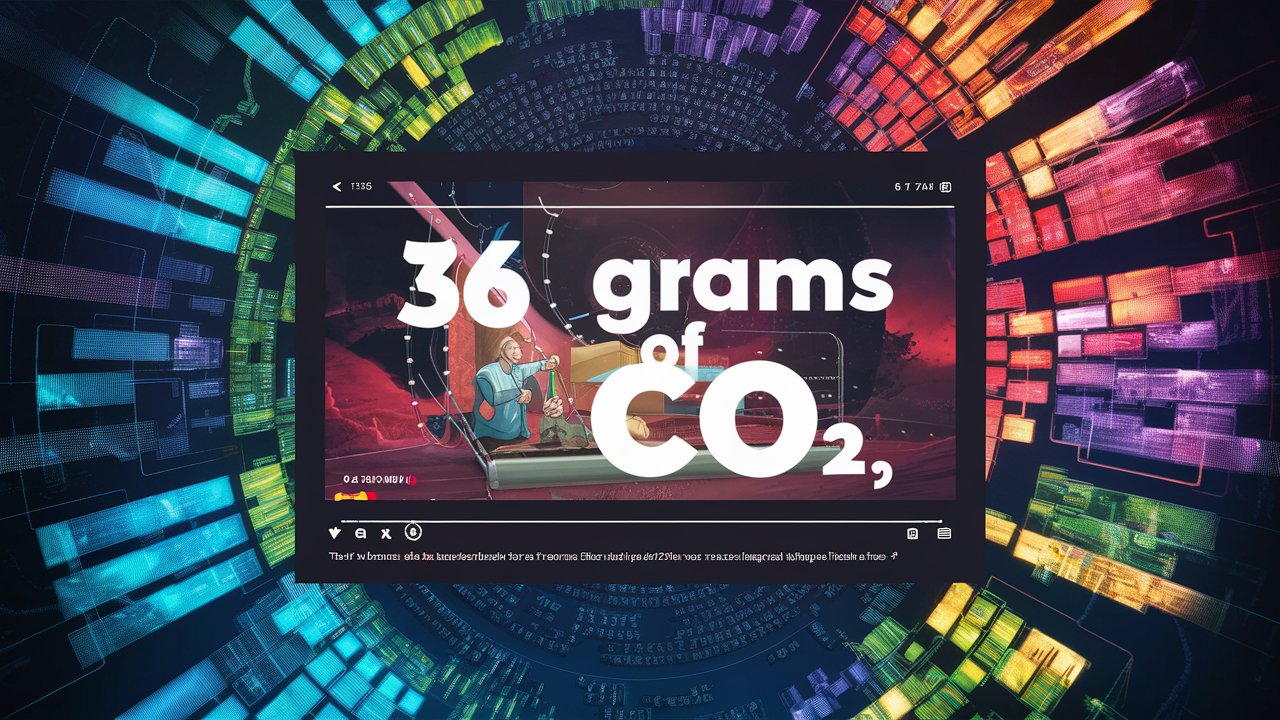How Truly Sustainable are Online Streaming Services?
The Hidden Price of Streaming
Streaming giants like Netflix, Amazon Prime, and Disney+ have reshaped how we enjoy media. But this convenience comes with a significant environmental price tag. The vast data centers powering these platforms require immense energy to store, process, and transfer data across the globe. This energy consumption translates into substantial carbon emissions, positioning streaming as a notable contributor to the global carbon footprint.

Streaming’s Power Surge
Streaming services now account for over 60% of global internet traffic, a staggering share that highlights their energy demands. The International Energy Agency (IEA) reports that data centers consumed approximately 230 terawatt-hours of electricity in 2023, a number that continues to climb as streaming grows. This energy consumption underscores the importance of addressing the environmental impact of the digital infrastructure that supports our streaming habits.

Decoding the Carbon Footprint
The carbon footprint of streaming has been a hot topic, with earlier studies often overstating the impact. However, refined assessments show that streaming one hour of video in 2023 generates around 36 grams of CO2. This figure has dropped due to improved energy efficiencies in data centers and network infrastructures, yet the global scale of streaming where billions of hours are streamed annually makes its environmental impact undeniable.
Quality Matters: The Energy Impact of Streaming
The environmental cost of streaming isn’t uniform; it varies with video quality. Streaming in 4K, for instance, uses much more data and energy than standard resolutions. Additionally, how and where you stream whether through a mobile network or a wired connection, in a region powered by renewable energy or fossil fuels significantly affects the carbon footprint. As consumers demand higher quality, the energy needed, and thus the environmental impact, escalates.
The Streaming Revolution: Harnessing Innovation for Sustainability
As the streaming industry continues to expand, innovation is key to mitigating its environmental impact. Cutting-edge technologies like AI-driven content delivery optimization, advanced data compression algorithms, and the integration of edge computing are revolutionizing how we consume media. These innovations reduce the energy required to deliver high-quality content while maintaining a seamless user experience. By embracing these breakthroughs and pushing the boundaries of efficiency, the streaming industry can turn its digital revolution into a beacon of sustainability, leading the charge toward a greener future.

Streaming Green: The Path Forward
Despite its lower environmental impact compared to physical media, streaming still carries a significant carbon footprint. Users can reduce their impact by opting for lower video quality, downloading content for offline viewing, or using energy-efficient devices. Meanwhile, the industry is increasingly focusing on sustainability, with more companies turning to renewable energy and optimizing content delivery networks. As streaming continues to grow, embracing these greener practices is not just beneficial but essential for a sustainable future.
